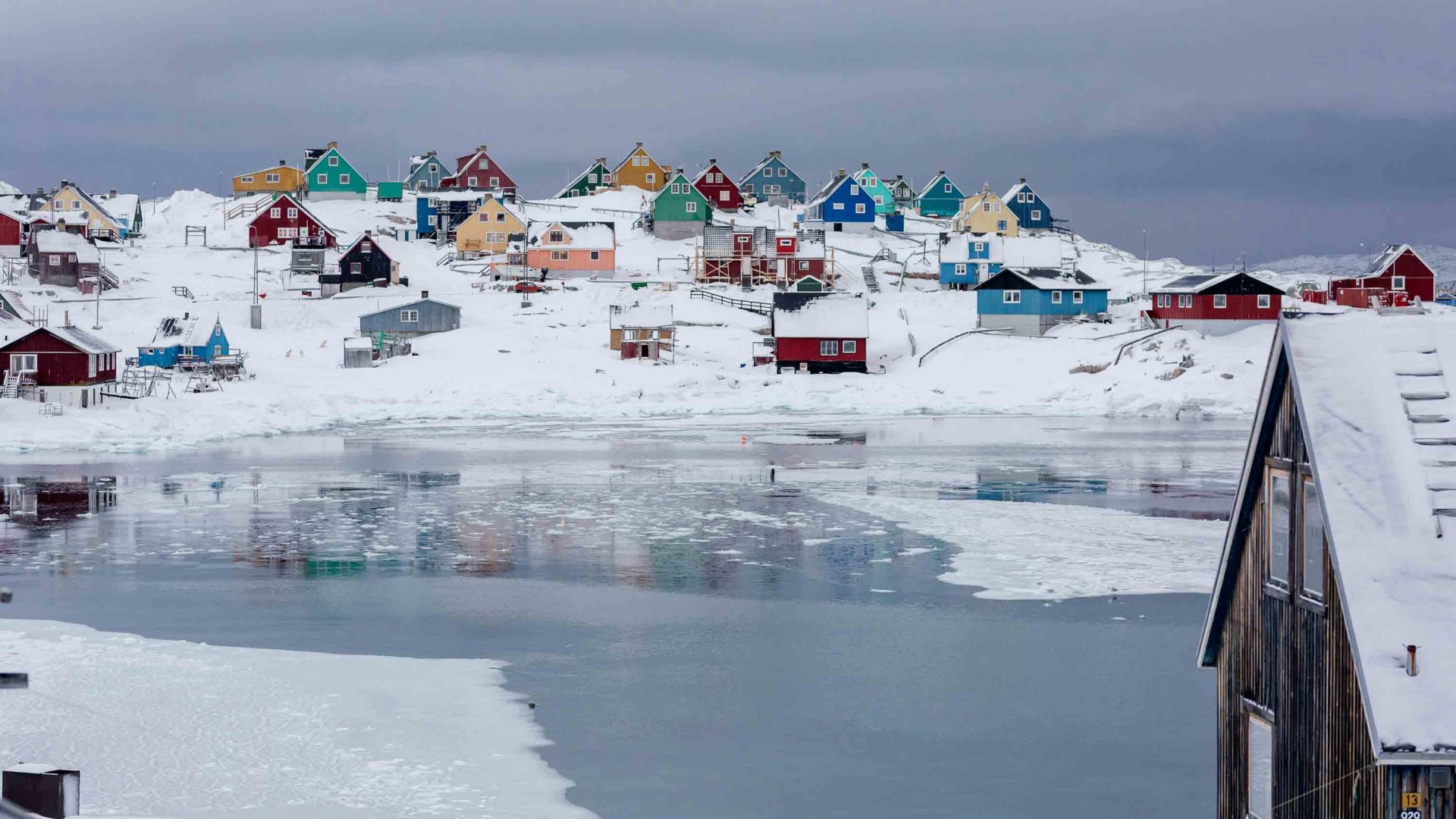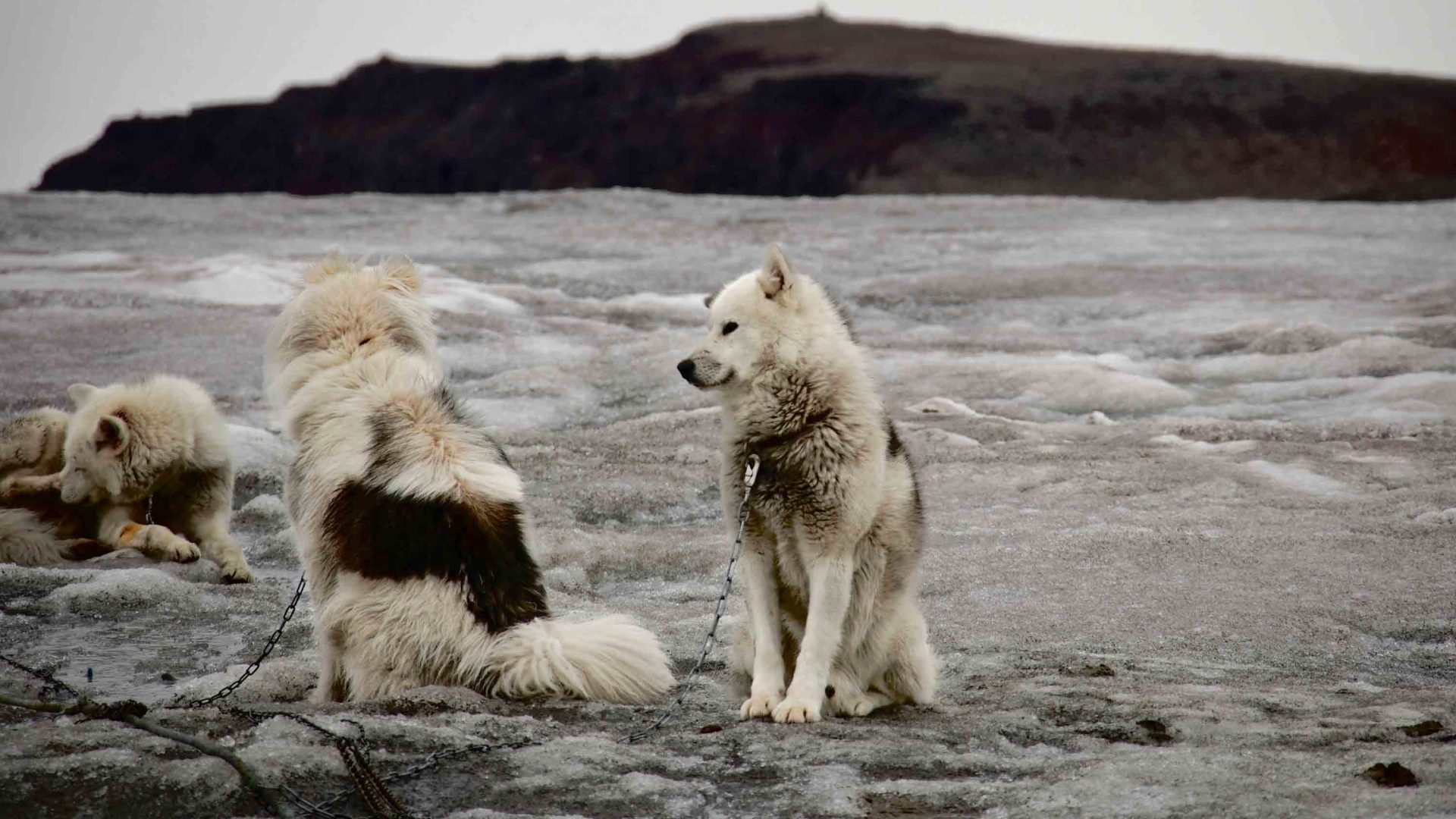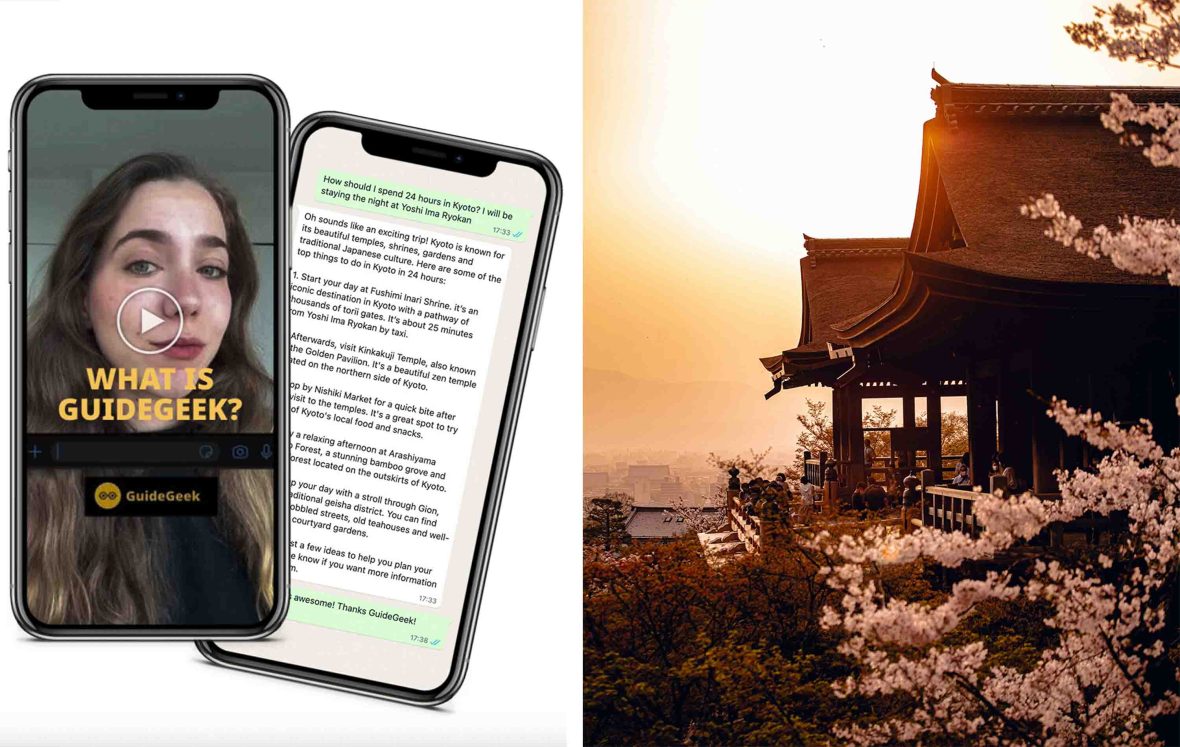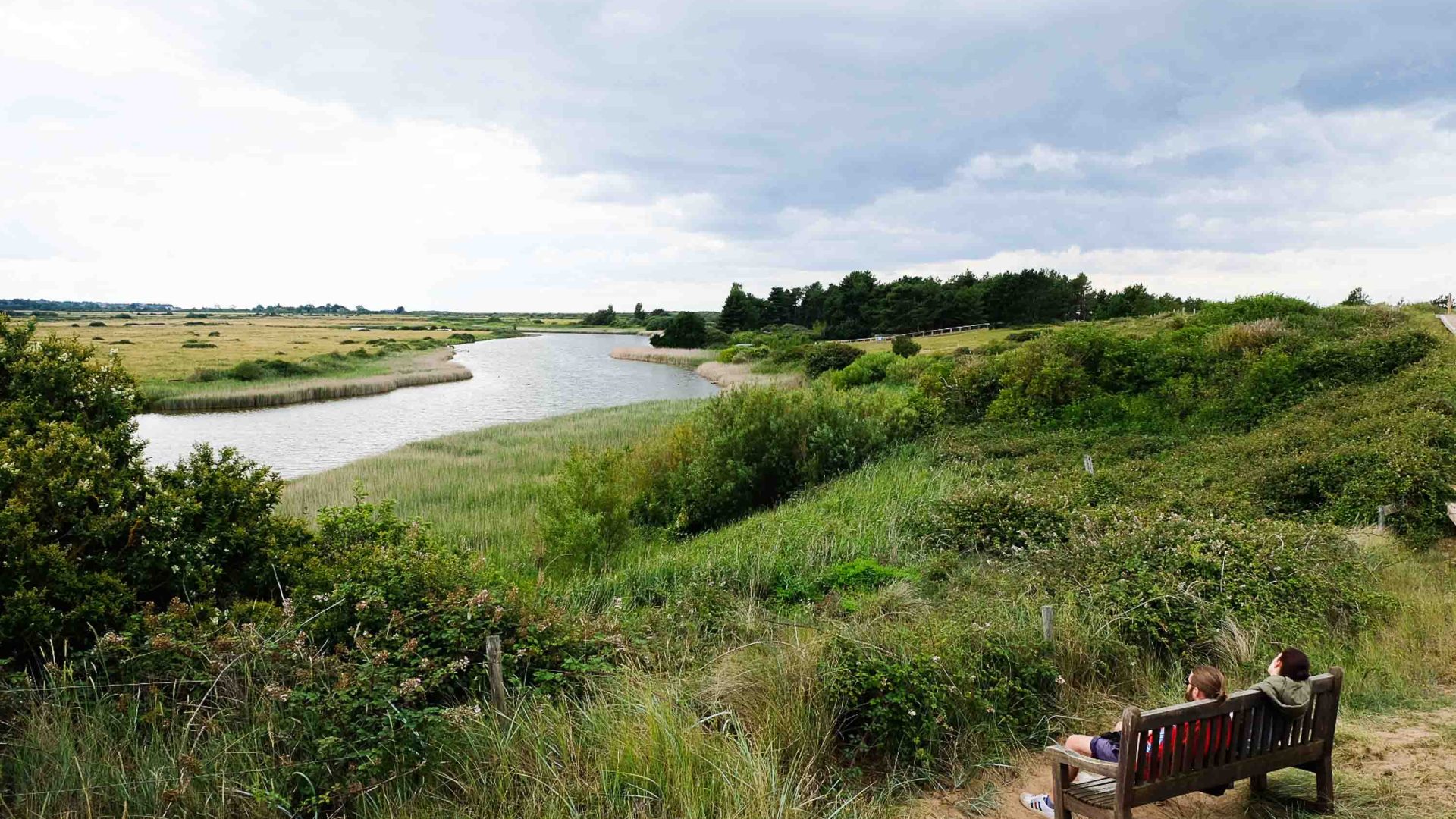It seems an inevitability that AI will only feature more in our travel planning going forward. Melissa Novotny from sustainable tourism consultancy Sea Going Green has her own recommendations for how to use generative AI planning tools to their full potential.
“You have to refine your search,” Novotny explains. “If you just ask for a general itinerary, you might not get something super off-the-beaten-path; you have to be like, ‘I’m looking for an eco-tourism-centered itinerary, and I’m looking for sustainable accommodation that offers vegan options’. The more niche, the more information you give, the better the results are going to be.”
AtlasGuru’s Bennett agrees. “What is the input that you’re putting in your request? Are you asking for culture or local traditions? Are you looking for non-chain restaurants, things like that?”
AI might not be a silver bullet, but perhaps it’s a good start if used wisely—while remembering that face-to-face interactions are the most powerful aspects of travel. “We make a joke that Greenland has a heart of ice because 80 percent of the land mass is the ice sheet in the middle,” Por tells me. “But we do have a heartbeat, and that is the people who are living on it.”
So in a world where AI is encroaching into one of our most revered activities, think of it as your planning aid. Then put your phone away and shift your attention to the humans in front of you.

















